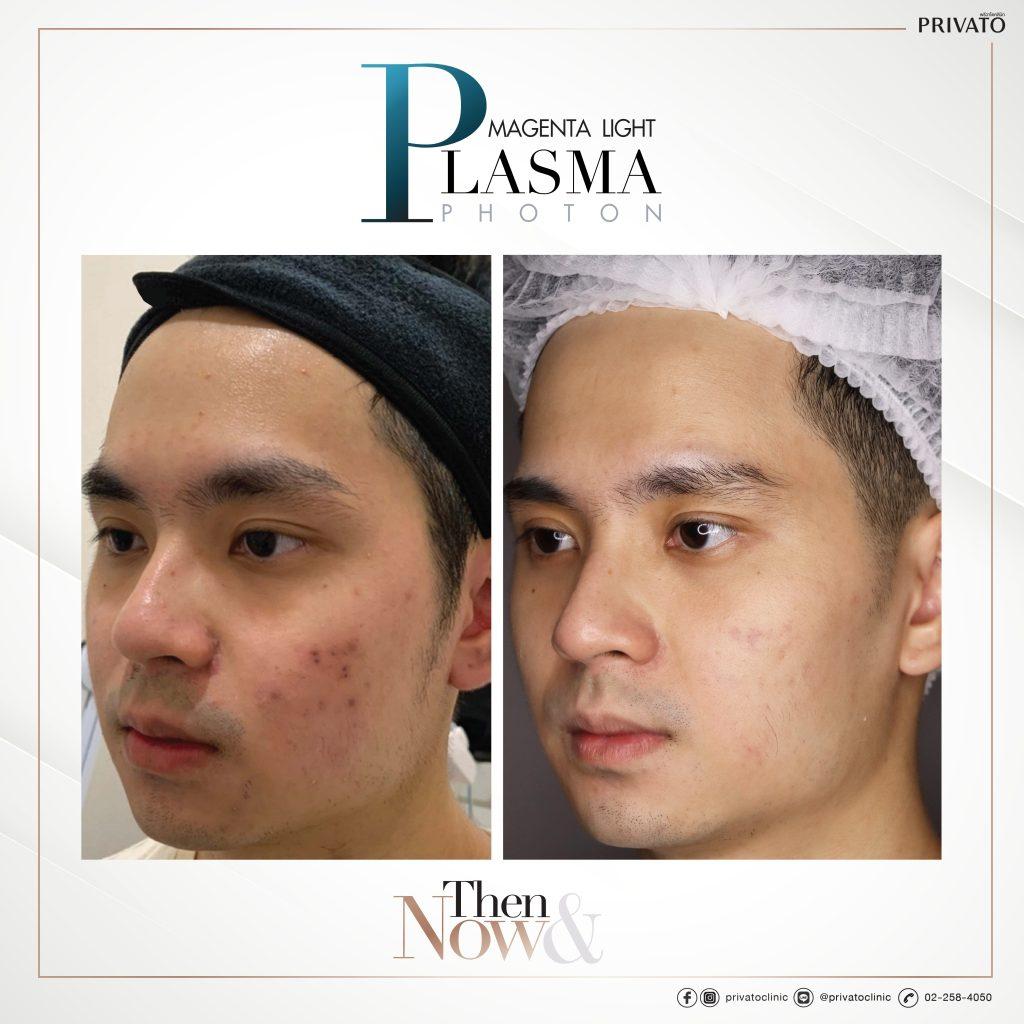What Is Milia? Understanding the White Bumps on Your Face
What is milia? Milia, often referred to as “white bumps on the face,” are small white cysts that form on the skin, commonly around the eyes and cheeks. Despite their nickname, milia is not acne and does not result from clogged pores in the traditional sense.
What Causes Milia?
Milia form when keratin, a protein found in skin, becomes trapped beneath the surface. This condition can affect individuals of any age, from infants to adults. For many, especially those wondering about the causes of milia on eyelids, the triggers can vary. Here are some common causes of milia:
- Genetics
Some people are more prone to developing milia due to genetic factors. These individuals may have skin that is more susceptible to keratin buildup and cyst formation. - Skin Damage
Skin damage from excessive sun exposure, burns, or even aggressive cosmetic treatments can lead to milia formation. When the skin heals, it may trap keratin beneath its surface, creating these white bumps. - Certain Medications
Specific medications that affect the skin’s oil glands or its ability to shed dead cells can trigger milia.
Types of Milia
Milia can appear in several forms, depending on their location and cause:
- Milia on Eyelids and Forehead
These are the most common types, appearing as small, white bumps on the forehead and eyelids. They typically occur individually and are often mistaken for acne. - Clustered Milia
This type appears as a group of small, firm, yellowish-white bumps, often around the eyes, cheeks, or jawline. These clusters can be slightly larger than individual bumps. - Milia from Scar Tissue
Milia can form on areas of the skin with scars, resulting from keratin buildup during the skin’s repair process. These bumps are often harder than other types of milia.
Milia Treatment: How to Get Rid of Milia
If you are wondering how to get rid of milia, there are effective methods to safely remove them:
- Comedone Extraction
This process involves using a sterilized tool to open the skin and remove the milia. A specialist will clean the area, use a fine needle to pierce the surface gently, and then extract the cyst. It’s important that this procedure is performed by a dermatologist to prevent scarring. - Laser Treatment for Milia
For persistent or widespread milia, laser treatments can be highly effective. A dermatologist uses a laser to break down the cyst walls, allowing the bumps to be removed more easily. This method is fast, minimally invasive, and carries a lower risk of scarring compared to manual extraction.
For those struggling with milia, including milia on the eyelid, it’s best to consult an experienced dermatologist. At Privato Clinic, an acne treatment in Bangkok, we offer advanced tools and expert care for all skin types. Visit one of our three Bangkok locations for a professional consultation today.
Contact us to learn more or schedule your appointment!
Reference:

